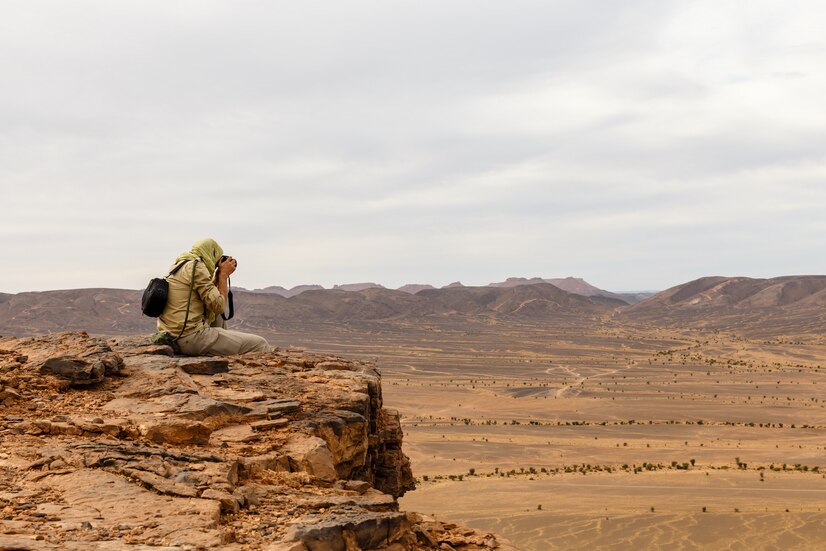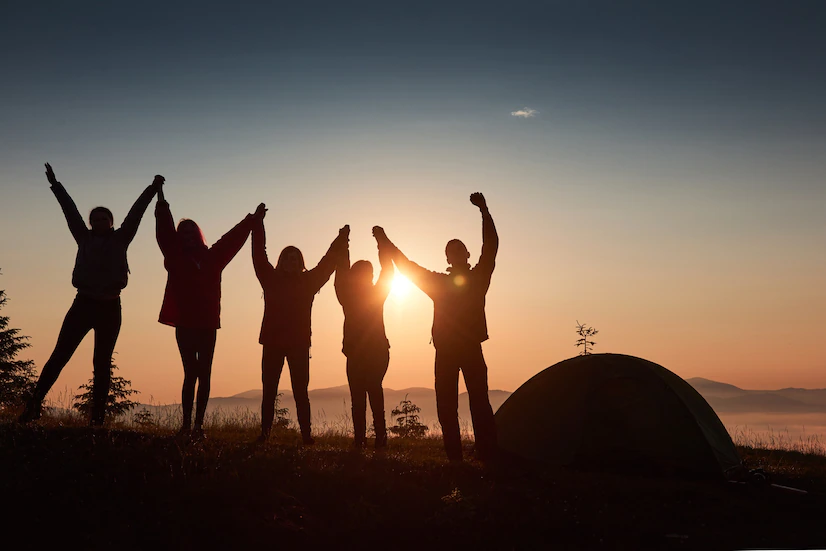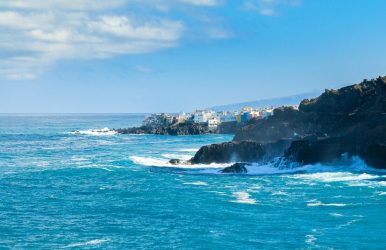Family Fun In The Gulf Of Mexico: Beaches, Boating, And More
BY Shahnawaz Oct 31, 2023
Statistics show that American travelers are likely to make 1.94 billion domestic leisure trips by the end of this year. One area that is quite popular is the Gulf of Mexico. Nestled along the southwestern corner of the United States lies an idyllic stretch of coastline. It draws families searching for memorable sun-filled adventures and lifetime memories. The Gulf of Mexico, with its shimmering turquoise waters and warm sandy shores, serves as an oasis for beachgoers, nature explorers, beachcombers, and water enthusiasts alike. From Port Aransas beaches to Gulf Shores attractions and Biloxi's hidden gems, here is your gateway to family fun in the Gulf. Join us as we discover everything this coastal paradise has to offer. We have with us activities like building sandcastles to embarking on exhilarating boating adventures. Port Aransas: A Beach Lover's Haven Port Aransas, situated on Mustang Island, is known for its charming coastal town feel and 18-mile pristine shoreline. It is often called the Texas Treasure. It is renowned as an inviting and family-friendly vacation spot along the Gulf of Mexico shores. Port Aransas makes for an excellent coastal retreat getaway. As soon as you step onto Port Aransas' powder-white sands, you'll understand why this town is such a gem. Beach lovers will find plenty of space here for building sandcastles, flying kites, and playing beach volleyball, not forgetting the calm waves that make swimming enjoyable. And if you’re lucky enough, you might even spot dolphins swimming nearby. If you're planning a visit to Port Aransas, Texas' charming coastal town, your trip must be carefully orchestrated. Start with finding accommodation that perfectly meets your preferences. Due to its immense popularity during peak vacation seasons, Port Aransas can quickly become overrun. As such, beginning an early search for the best Port Aransas vacation rentals is crucial to ensuring a relaxing and stress-free stay. By booking in advance, you ensure a comfortable and enjoyable place. It also makes sure that every aspect of the Port Aransas experience can be maximized during your stay there. Boating Adventures: The Heart of the Gulf One of the quintessential Gulf of Mexico experiences is taking to the water for a boating adventure. The Gulf's calm and clear waters make it a prime location for all types of waterborne activities. No matter if it is sailing, jet skiing, kayaking, or taking part in any aquatic recreational activities, the Gulf offers limitless aquatic adventure. Are you seeking an unforgettable maritime adventure? For an experience like no other, take the plunge and discover the Gulf's plentiful islands, bays, and inlets. A visit to the Florida Keys gives snorkelers and scuba divers the chance to dive or snorkel across its vibrant coral reefs, teeming with aquatic life. You can even swim alongside turtles and tropical fish in the clear, warm waters. Families interested in history will find visiting the USS Lexington museum in Corpus Christi an unforgettable experience. This World War II aircraft carrier provides visitors with the chance to explore its vessel. They can learn its story, and try their hand at flying an aircraft using the flight simulator. Biloxi, Mississippi: A Hidden Gem Biloxi, Mississippi, stands out as an often-overlooked gem in the Gulf of Mexico. It boasts expansive white-sand beaches, lively casinos, and an impressive history. Biloxi makes an attractive option for families searching for an all-encompassing vacation experience. Biloxi's beaches are an outstanding feature, providing the ideal setting for relaxation, beach games, and water activities. But the city's lively atmosphere extends beyond the shoreline, with world-class casinos offering entertainment, dining, and gaming options for adults. If you're traveling with older kids or a multigenerational group, Biloxi is an excellent choice for its diverse entertainment offerings. For a touch of history and culture, the Ohr-O'Keefe Museum of Art is a unique attraction, housing contemporary and historical artwork and architecture. The Biloxi Lighthouse, another historical landmark, provides an opportunity to learn about the area's maritime history and enjoy panoramic views of the Gulf. The Alabama Gulf Coast Zoo The Alabama Gulf Coast Zoo is an essential stop for families in Gulf Shores, Alabama, looking for a fun-filled combination of education and entertainment. This world-class zoo provides visitors with an unforgettable experience by bringing animals from around the globe closer to them so that they can observe them up close. From playful lemurs to majestic lions and curious kangaroos, the Alabama Gulf Coast Zoo's immersive exhibits give visitors a greater understanding of animal kingdom marvels. Not only can you experience these incredible creatures in their meticulously curated habitats, but you can also engage in unforgettable encounters, such as feeding a giraffe or encountering a sloth. The Alabama Gulf Coast Zoo makes for an educational adventure perfect for family outings along the Gulf of Mexico coast and offers educational fun for people of all ages. Conclusion The Gulf of Mexico offers family-friendly destinations that promise sun, sand, and adventure for everyone in your group. From Port Aransas in Texas to Gulf Shores, Alabama's captivating beaches, to boating adventures on its open waters, here you can find something for every family member to enjoy. Wherever your journey leads you, the Gulf will provide an experience you won't soon forget. So pack your bags, grab your sunscreen, and embark on an unforgettable family journey to the Gulf's sunny shores. Read Also: Spa Relaxation On A Charter Yacht In Dubai How To Save Money On A Trip To Abu Dhabi Top 12 National Parks In Florida That You Must Visit In 2023















